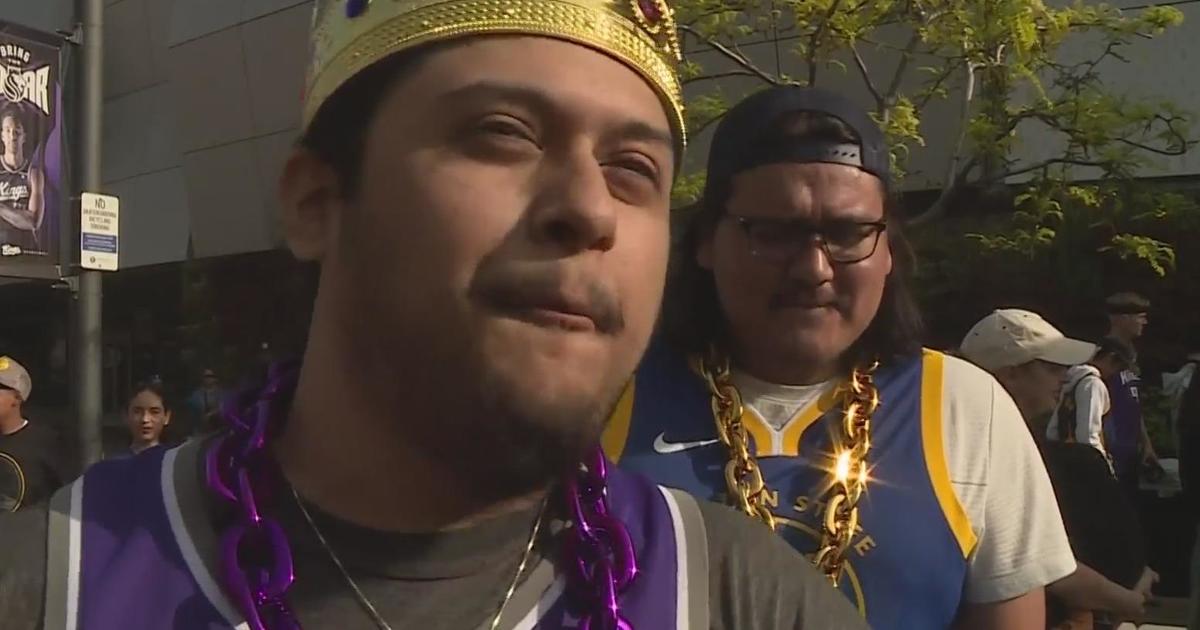Asiana Flight 214: Sutter Roseville Prepared For Similar Disaster
ROSEVILLE (CBS13) — Preparing for a major disaster incident like the Asiana Airlines Flight 214 crash in San Francisco involves the entire medical community.
Sutter Roseville Medical Center is prepared for such a disaster, treating about six major disaster incidents in the past two years.
After the hospital receives an alarm that they are getting trauma patients, they come to a room where they'll stay from minutes up to an hour. But it all starts with the ABC's.
"On any trauma victim, we deal with the ABCs—airway, breathing, circulation," said emergency preparedness coordinator Erik Angel.
From the second first responders arrive on a disaster scene, they immediately begin assessing victims using triage tags ranging from OK to emergency to dead on arrival. They are treated on the basis of severity.
"A spinal cord injury is a priority, but not the biggest priority," said Dr. Jon Perlstein. "What they are looking for on scene are people with airway problems, breathing, or poor circulation."
The whole tagging process takes about 30 seconds per patient.
Victims are then identified by a corresponding barcode, and—thanks to a universal medical database—are then transported to hospitals deemed disaster-control facilities, where doctors have immediate access to X-ray machines and other life-saving equipment.
"We've got bedside ultrasounds, CT scanners, MRI technology that can really address injuries that we can't see with the naked eye," Angel said.
Trauma care can vary from minutes, to about an hour. By then, most trauma patients are either discharged or moved to another unit.
Past incidents the center has treated are the 2011 Roberts Fire, a major Interstate 80 crash, and heat-exhaustion victims from the Del Oro graduation in June.



